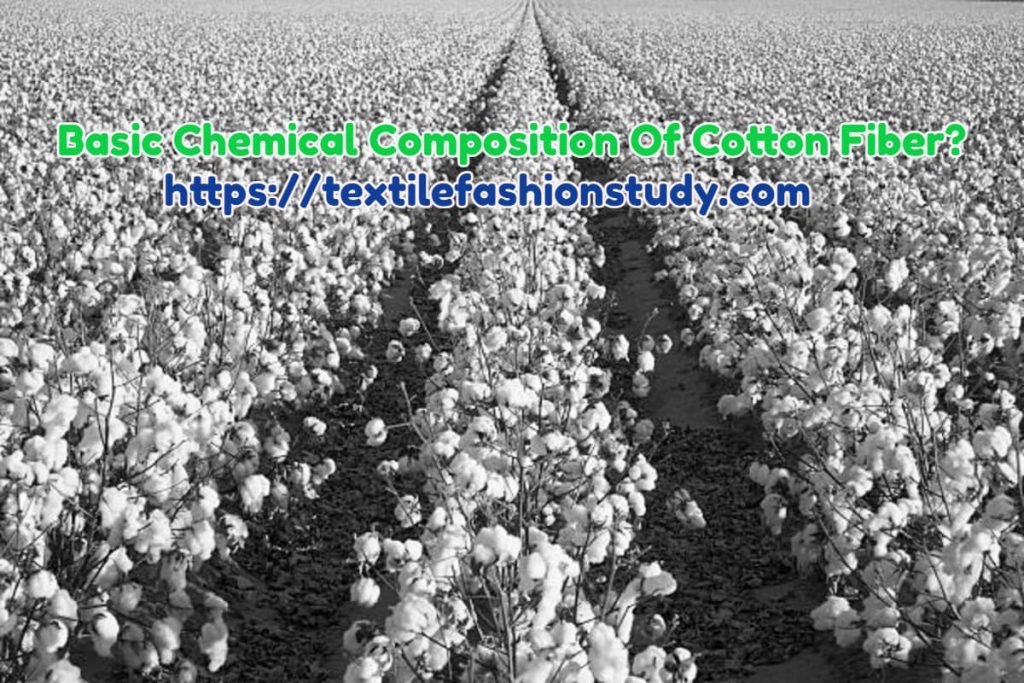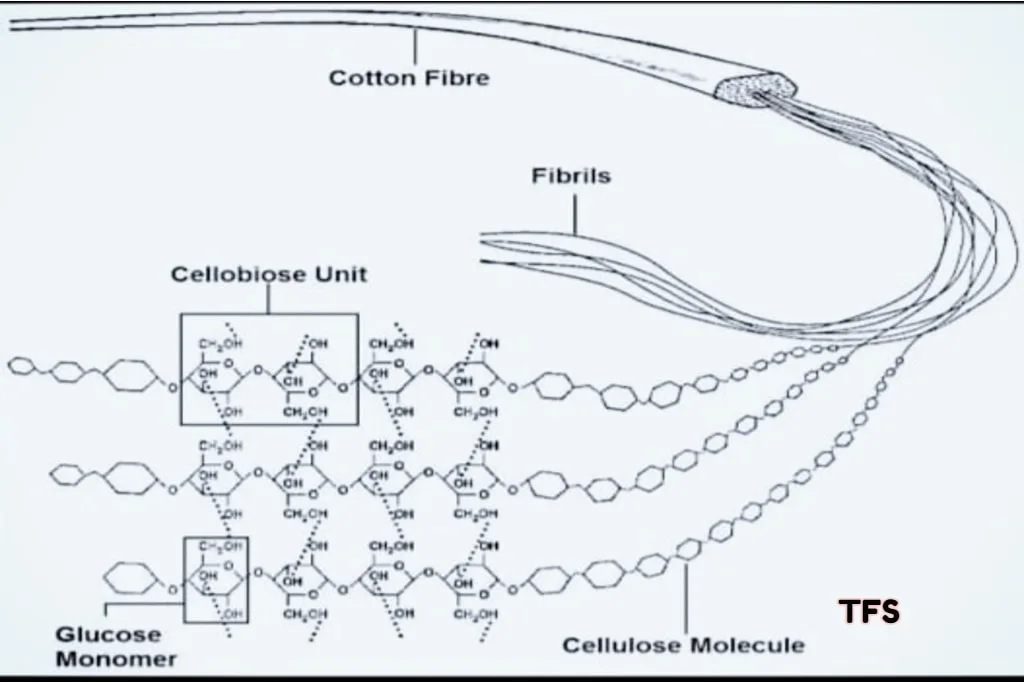Table of Contents
What is cotton fiber?
Cotton is a natural fiber. Although it calls for natural hollow fibers, it also calls them breathable fibers because they are soft, cool, and water-absorbent. Further, cotton is a strong dye absorbent, and it has enough properties against abrasion, wear, and high temperatures. Moreover, it can hold water 24-27 times its own weight. Hence, different dyes are used for cotton dyeing.
Cotton Fiber Plant
The cotton plant Gossypium belongs to the genus Malvaceae. Cotton is a cellulosic fiber. Significantly, it is the backbone of the world’s textile trade. Primarily, cotton is produced from the seeds of the cotton plant. Where cotton is attached to seeds and separated by the ginning process.
Basically, many of our everyday textiles come from cotton. Cotton fabrics are comfortable and capable of an infinite variety of weaves and colors. By the time cotton has wrinkles, it mixes with polyester or applies some permanent finish to give the proper properties to cotton items of clothing. Rather, other fibers such as nylon, linen, wool, and polyester are often blended with cotton to achieve the best properties of each textile fiber.

I have written about the physical and chemical properties of cotton and now I would like to illustrate the chemical composition of cotton for your kind information.
Chemical Composition of Cotton Fiber
The chemical composition of cotton is important to know to distinguish it from other fibers. Types of plants, soil, and climate affect the chemical composition of cotton fibers and the number of different elements in the cotton. Cellulose is the main component of cotton, and it consists of 94% of 100%. The structure of cotton fiber is as follows:

- Cellulose: 94%
- Protein: 1-1.5%
- Pectic Acid: 1%
- Mineral Substances: 1%
- Acids, Sugars, and pigments: 2%
- Waxes: 0.5%
Cotton is produced in different countries around the world, and all the cotton fibers do not have the same chemical properties; they may vary depending on the geographical condition. Jute is another type of natural cellulosic fiber, and cellulose is the main chemical component in its chemical composition.
So, try to find out the percentage of chemical properties in cotton and compare it with the standard one.






3 comments
Bahzad Anwar
Good information and need more
salauddin
what is the chromophore name of raw cotton?
Jh
cant copy paste FIX NOW